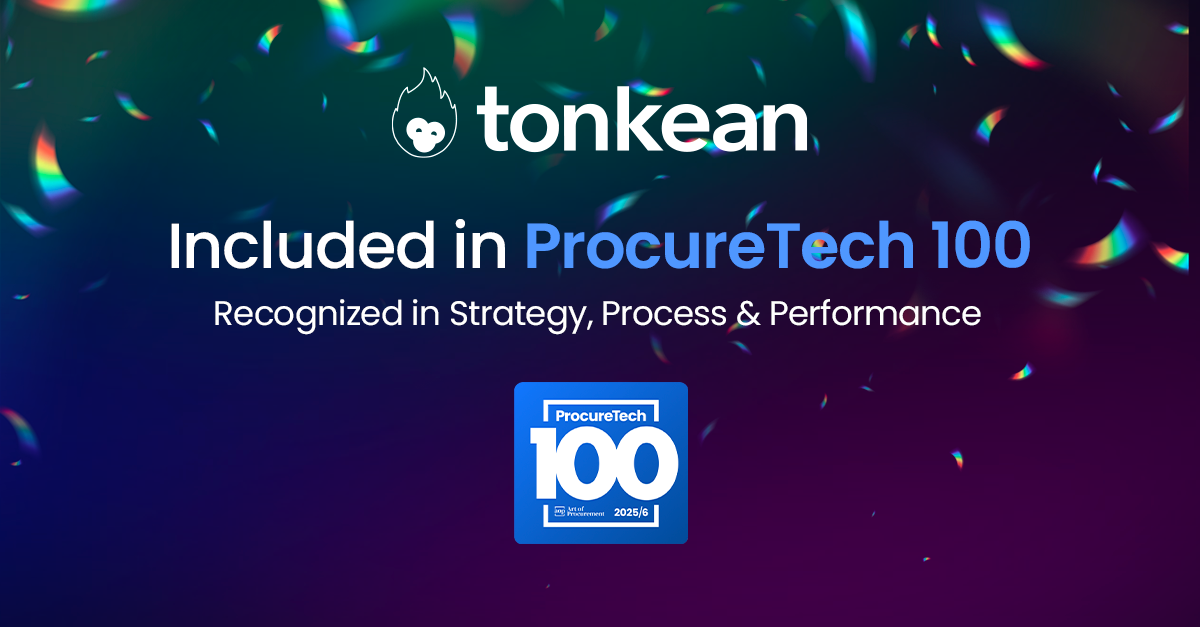
Over the last few years, companies all over the world have invested heavily in implementing and evaluating automation solutions — specifically platforms designed to streamline manual tasks or processes.
In fact, “heavily” may be an understatement. According to MarketWatch, the global market for workflow automation software solutions is expected to reach $29.26B by 2026 — with a CAGR of 21.4%. Additionally, Gartner reports that Robotic Process Automation is the fastest-growing segment of the global enterprise software market, growing 63.1% and reaching $1.3B in 2019.
Despite the investment, however, the world of workflow or process automation remains difficult to understand; certainly many who’re right now evaluating automation solutions misunderstand it.
It’s a world populated, for one thing, by many different kinds of platforms that purport to address common operational problems — they’re sold as a means of saving time, reducing cost, improving consistency, and facilitating collaboration — but in actuality, all solve more specific problems. In selecting the best automation platform, it is important to understand the differences in scope.
I know this because, in a previous life, I was a Sales and Marketing Ops consultant, and before that, I was the Director of Marketing Ops for a fast-growing startup. In those roles, I was tasked with identifying technology solutions that could do things like integrate data systems, streamline internal processes, and automate tasks. I spent untold hours shopping around and hacking solutions with virtual duct tape. And that experience taught me a lot — both about how the automation space is structured, as well as what the capabilities, applications, and limitations of the available solutions generally are.
As it turns out, almost every automation solution available today can be grouped in one of three high-level categories, each designed to solve a different specific problem. To truly tap into the potential of automation software — to use automation technology in a way that actually optimizes processes to increase efficiency, lower costs, and minimize change management — we need to apply the right solutions in the right situations.
If you, as I once was, are scouring the market for available automation software to help you address certain internal problems right now, identifying what these high-level categories are — and what companies are operating inside them — is an important place to start. It’s where I wish I would have started, to be sure. Here’s a quick breakdown of how to go about evaluating automation solutions.
A primary category in the automation solution space is iPaaS, which is comprised of platforms designed to allow companies to connect — or integrate — the various, typically siloed SaaS apps or tools they use across departments and environments. It’s generally useful for moving data from system A to system B with “triggering” events.
iPaaS in a sentence: Platforms designed to automate manual processes necessitated by siloed applications.
Workflow automation solutions allow organizations to define and automate processes by building custom forms or apps atop linked workflows and business logic. It’s generally useful for organizations who want to build a net new app to automate what is currently a manual business process.
Workflow Automation in a sentence: Platforms to allow business teams to build net new apps.
The third primary category in the automation space is RPA. RPA solutions utilize software robots, AKA bots, to automate routine tasks within software applications that are normally done by humans.
RPA in a sentence: Platforms that allow companies to automate previously un-automatable tasks on legacy systems or with unstructured data.
Now that you see the different uses for each of these types of automation platforms, you can easily understand why operations and technology teams need to deploy each of these platforms at different times to solve manual or inefficient processes. It is important to apply the right platform at the right time.
However, even with all these types of automation platforms, there is one critical element that is still missing from these equations: people. While automating system-to-system connections with iPaaS, building net new apps with Workflow Automation platforms, or eliminating repetitive manual tasks with RPA all make processes more efficient, none of these platforms respect people as a key element of improving processes.
iPaaS platforms don’t solve how data gets from people to systems to begin with. (Salesforce Training cited lack of adoption as one of the most common reasons for the failure of CRM systems.) Workflow automation platforms have a similar challenge. Introducing net new interfaces forces people to learn how to use those new interfaces, which itself requires costly change management and education. RPA platforms, meanwhile, focus on reducing manual human dependency in processes, but do little to actually help people get more out of their enterprise systems.
We believe folks need to think differently about automation from the start. When evaluating automation solutions and strategizing around how to implement them, you must think first and foremost about the impact those solutions will have on your people. (Here at Tonkean, we have codified a framework to build processes around people, called People-First Process Design.)
My hope is, equipped with a deeper understanding of automation in general, along with a new appreciation of the importance of thinking people first, you’ll be able to shop smarter than I was able to when I started out, such that the improvements you bring to your ops teams and your internal processes are scalable and long-lasting.

